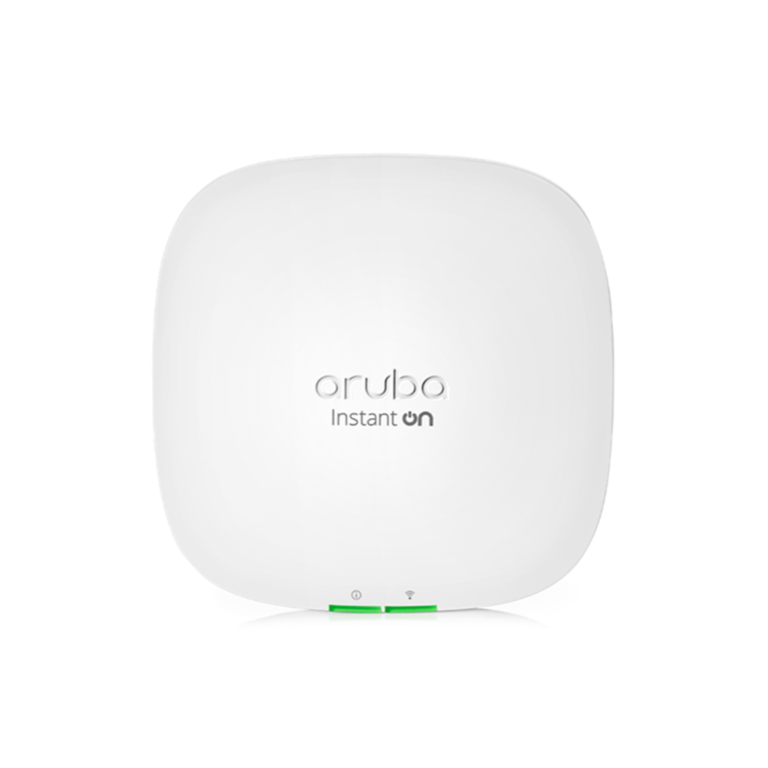Access Points



About Access Points
Access points (APs) are networking devices that allow wireless-capable devices to connect to a wired network. They are typically connected to a router or switch via an Ethernet cable, and they then project a Wi-Fi signal to a designated area.
Access points are used in a variety of settings, including homes, businesses, schools, and public places. They can be used to extend the range of a Wi-Fi network, provide coverage in areas where there is no wired connectivity, or create multiple Wi-Fi networks with different security settings or performance characteristics.
Choosing an Access Point
When choosing an access point, you should consider the following factors:
The size and coverage area of your network will determine the number of access points you need and the type of access points you choose.
The number of users and devices that will be connecting to your network will also affect your choice of access point.
Consider the features that are important to you, such as multiple SSIDs, guest networking, QoS, band steering, and security.
Access points can range in price from a few tens of dollars to several hundred dollars.
Features of Access Points
Access points can offer a variety of features, such as:
- Multiple SSIDs: Access points can create multiple SSIDs (service set identifiers), which allows you to create different Wi-Fi networks with different security settings or performance characteristics.
- Guest networking: Guest networking allows you to create a separate Wi-Fi network for guests, which can help to improve security and performance on your main network.
- Quality of service (QoS): QoS allows you to prioritize traffic on your network, so that certain types of traffic, such as video streaming or VoIP calls, are given priority over other types of traffic.
- Band steering: Band steering automatically steers clients to the best available frequency band, based on signal strength and congestion.
- Security: Access points can support a variety of security protocols, such as WPA2-PSK and WPA3-PSK.

